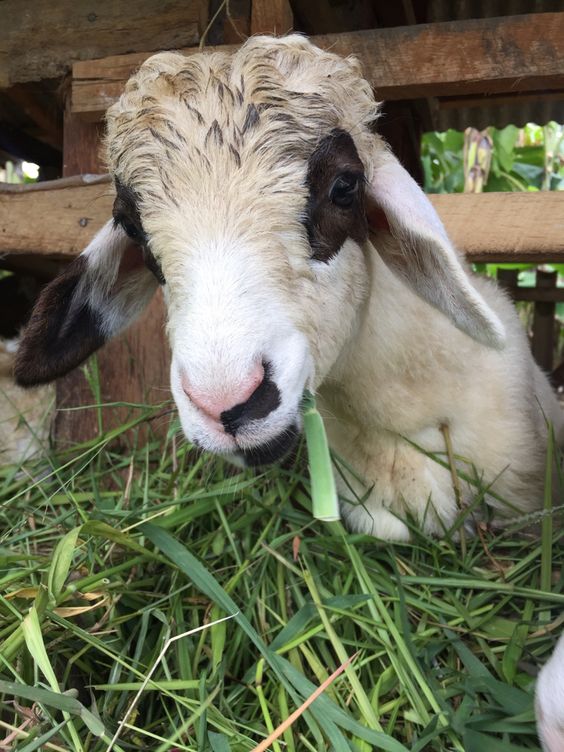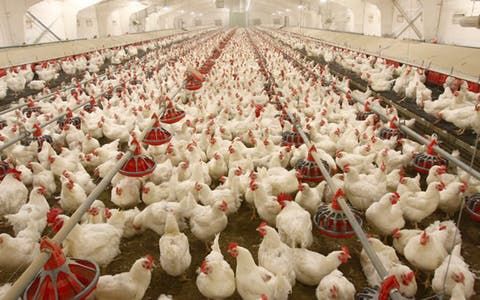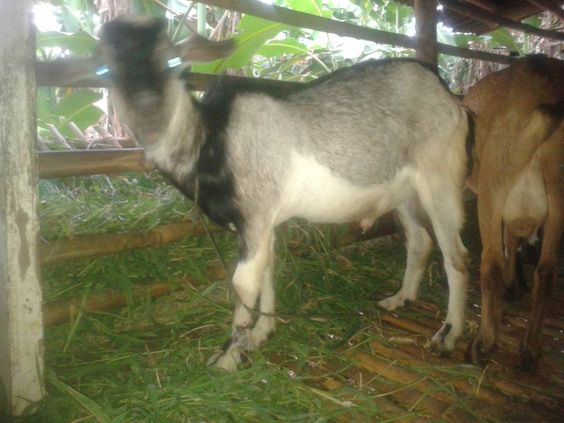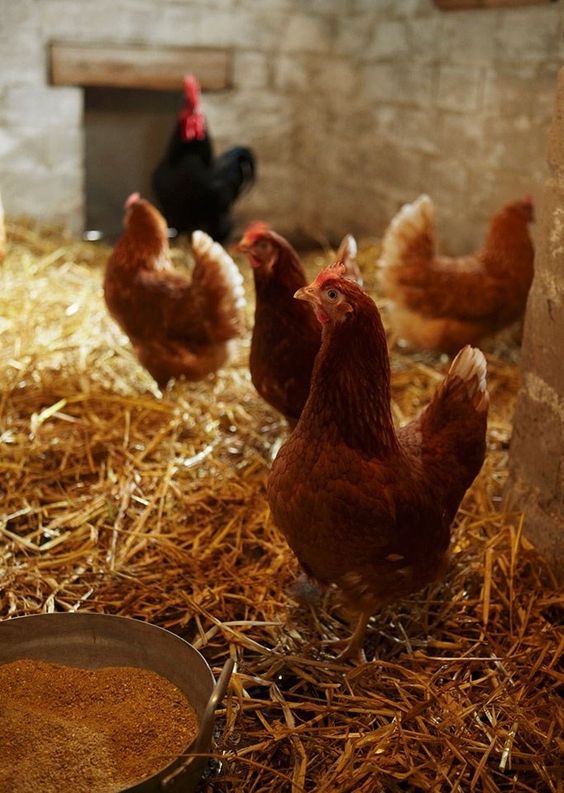Goat Growth: A Comprehensive Guide
The Wonderful World of Goat Growth
Goat growth is a remarkable journey, characterized by rapid development and significant changes in size, appearance, and behavior. Let’s embark on this journey, stage by stage:
-
Prenatal Development: The groundwork for growth is laid even before birth. Gestation in goats typically lasts around 150 days. During this period, the fetus undergoes crucial development of its organs, skeletal system, and musculature. Proper nutrition for the mother during pregnancy is essential for optimal fetal growth.
-
The Miracle of Birth: Kids (baby goats) are born precocial, meaning they can stand and walk shortly after birth. This rapid development allows them to quickly find the udder and begin nursing. Their initial weight varies based on breed, genetics, and litter size but typically falls between 2-4 kg.
-
The Importance of Early Growth: The first few weeks of a kid’s life are critical for establishing robust growth patterns. Colostrum, the mother’s first milk, provides essential antibodies that build the kid’s immune system. Alongside high-quality milk, access to fresh forage ensures healthy development.
-
Weaning: Weaning, the transition from solely relying on mother’s milk to solid food, typically occurs between 6-12 weeks of age. This period requires careful management to prevent stress and ensure smooth dietary changes.
-
Growth Phases: Goat growth can be broadly divided into three phases:
- Pre-weaning: This phase focuses on rapid weight gain and development of vital organs. Milk serves as the primary source of nutrients.
- Weaner to Adulthood: This period is characterized by slower but steady weight gain, skeletal development, and muscle growth. A balanced diet with forages, grains, and minerals is crucial.
- Maturity: Upon reaching maturity (around 12-18 months for most breeds), goats have attained their adult size and weight. Growth slows down considerably, and focus shifts towards reproduction and milk production (for females).
Factors Influencing Goat Growth
Several factors play a crucial role in shaping a goat’s growth trajectory. Understanding these influences allows for informed decisions to optimize growth potential:
-
Breed: Different goat breeds have distinct growth rates and mature sizes. Boer goats, for instance, are known for their rapid growth, while pygmy goats are known for their small stature and slower growth.
-
Genetics: Just like in any species, genetics significantly influence growth potential. Selecting breeding stock with desirable growth characteristics can positively impact future generations.
-
Nutrition: Proper nutrition is the cornerstone of healthy growth. Goats require a diet rich in protein, energy, vitamins, and minerals to meet their growth demands.
-
Health: Disease or parasitic infections can impede growth. Regular health checks, vaccinations, and parasite control are essential for optimal growth.
-
Management: Factors like housing, handling practices, and stress levels can subtly influence growth rates. Providing a clean, comfortable environment and minimizing stress contribute to a goat’s overall well-being and growth.
Optimizing Goat Growth: A Balancing Act
The goal of goat rearing often determines the approach to growth optimization. Here’s a breakdown of considerations for different goals:
-
Meat Production: For meat goats, rapid early growth translates to faster turnaround times and increased profitability. Balanced diets with adequate protein levels and growth promoters (consult a veterinarian) can accelerate early growth.
-
Milk Production: Dairy goats reach peak milk production around 2-3 years of age. While rapid growth is beneficial, it shouldn’t come at the expense of udder development. Prioritizing a balanced diet with a focus on calcium and phosphorus alongside proper milking techniques ensures optimal milk production.
-
Fiber Production: The quality and quantity of fiber produced by Angora or Cashmere goats are primarily influenced by breed and genetics. However, ensuring good nutrition and parasite control can contribute to healthy fiber growth.
Beyond Growth: The Importance of Goat Health and Welfare
Optimizing goat growth shouldn’t overshadow the importance of their health and well-being. Goats deserve a life free from pain and suffering. Here are some key considerations:
-
Pain Management: Procedures like dehorning and castration are often performed on goats. Utilizing pain medication during these procedures is crucial for ensuring their comfort.
-
Appropriate Housing: Providing goats with appropriate housing that caters to their natural behaviors is essential for their well-being. Here are some key aspects to consider:
- Space Requirements: Goats require sufficient space for movement, exercise, and social interaction. Overcrowding can lead to stress, injuries, and the spread of diseases. The recommended space allocation varies depending on breed, age, and sex. Research breed-specific requirements and provide ample space for them to thrive.
- Shelter: Goats need protection from harsh weather elements like sun, rain, wind, and extreme temperatures. A well-ventilated shelter with a dry floor is crucial for their comfort and health.
- Bedding: Deep bedding with clean straw or wood shavings provides comfort, insulation, and a hygienic environment for goats. Regular cleaning and replacement of soiled bedding are essential to prevent moisture build-up and ammonia fumes, which can harm their respiratory health.
- Fencing: Durable and secure fencing is essential to prevent escapes and predator attacks. The type and height of fencing will depend on the specific needs of your goat herd.
Enrichment for Happy Goat Growth:
Goats are intelligent and curious animals with a natural desire to explore and forage. Providing enrichment activities can improve their physical and mental well-being, reducing boredom and promoting natural behaviors. Here are some ideas:
-
Climbing structures: Goats love to climb. Simple structures like platforms, logs, or sturdy climbing rocks can provide them with exercise and stimulation.
-
Browse: Offering branches from safe, non-toxic trees like willow or apple can satisfy their browsing instincts and provide additional nutrients.
-
Toys: Rotate different toys like balls, hanging objects, or puzzle feeders to keep goats occupied and mentally stimulated.
-
Social Interaction: Goats are social creatures and thrive in the company of other goats. If you can’t accommodate a large herd, consider pairing goats with compatible companions to prevent loneliness and social stress.
The Ethical Considerations of Growth Optimization
The pursuit of rapid Goat Growth comes with ethical considerations. Here are some points to ponder:
-
Growth at What Cost?: Pushing growth rates to the extreme can compromise animal welfare. Practices like excessive confinement or the use of growth hormones can lead to health problems like skeletal deformities or digestive issues.
-
Sustainable Practices: Sustainable goat rearing practices prioritize long-term health and well-being alongside responsible growth optimization. Techniques like rotational grazing and utilizing natural feeds can ensure long-term herd health and environmental sustainability.
-
Transparency and Consumer Choice: Consumers are increasingly demanding transparency about animal rearing practices. Open communication about goat rearing methods, including growth strategies, allows consumers to make informed choices that align with their values.
The Future of Goat Growth: Innovation and Sustainability
Goat Growth,As the demand for goat products continues to rise, advancements in breeding programs, nutrition, and management practices will play a crucial role in achieving optimal goat growth while upholding ethical and sustainable standards. Here are some exciting possibilities on the horizon:
-
Genomic Selection: Advancements in genomics could enable the selection of breeding stock with desirable growth characteristics, leading to faster and more efficient growth without compromising animal welfare.
-
Precision Nutrition: Tailoring diets to individual goat needs based on breed, age, and production goals can optimize nutrient utilization and promote healthy growth.
-
Alternative Feed Sources: Exploring alternative feed sources like food waste or underutilized crops can contribute to sustainable goat rearing while reducing reliance on traditional feed ingredients.
-
Welfare Monitoring Systems: Technological advancements in animal monitoring systems can help ensure timely detection of health issues and stress levels, allowing for proactive interventions to improve goat well-being.






